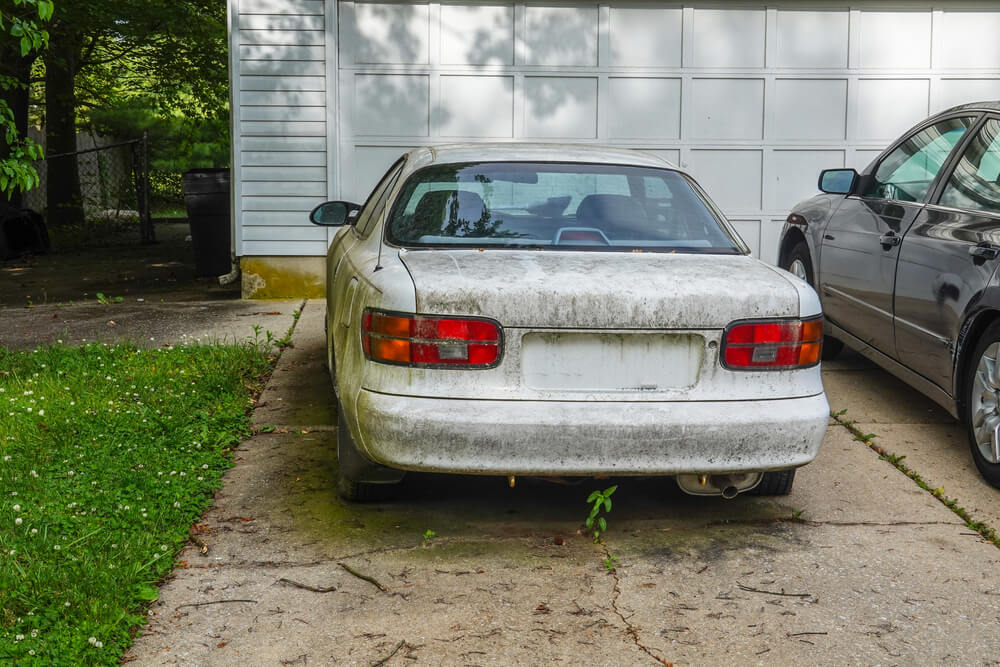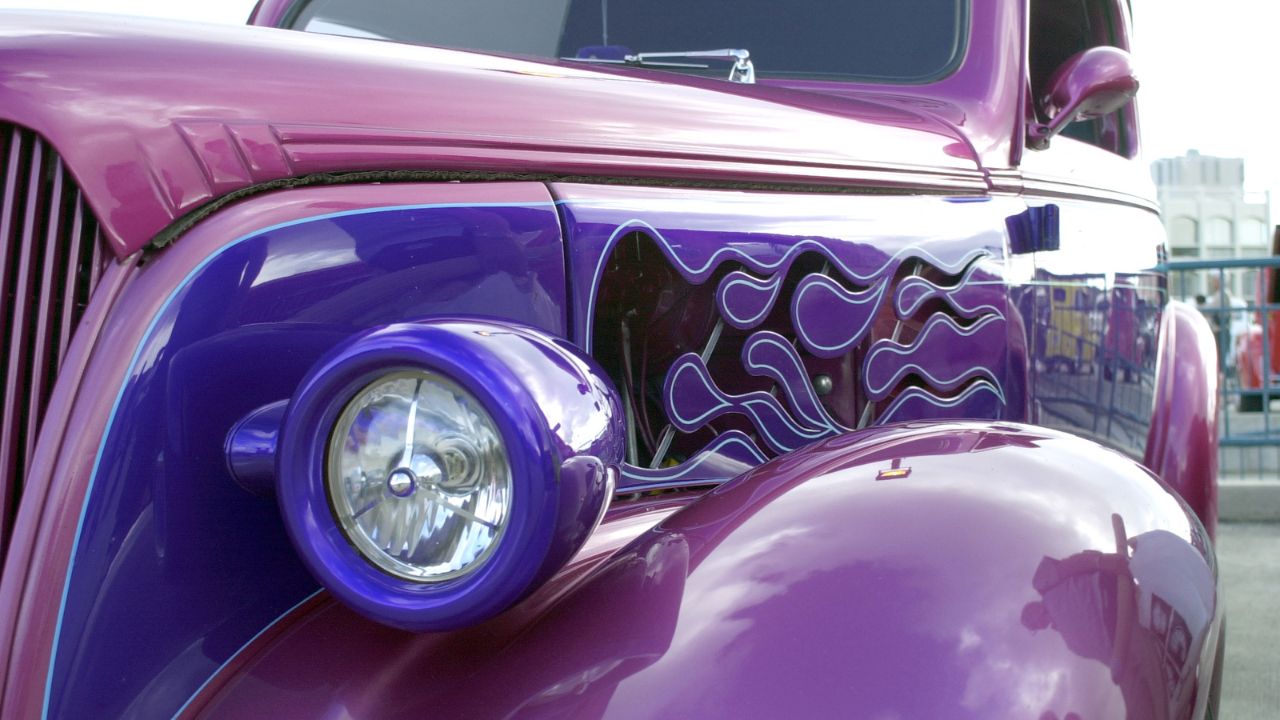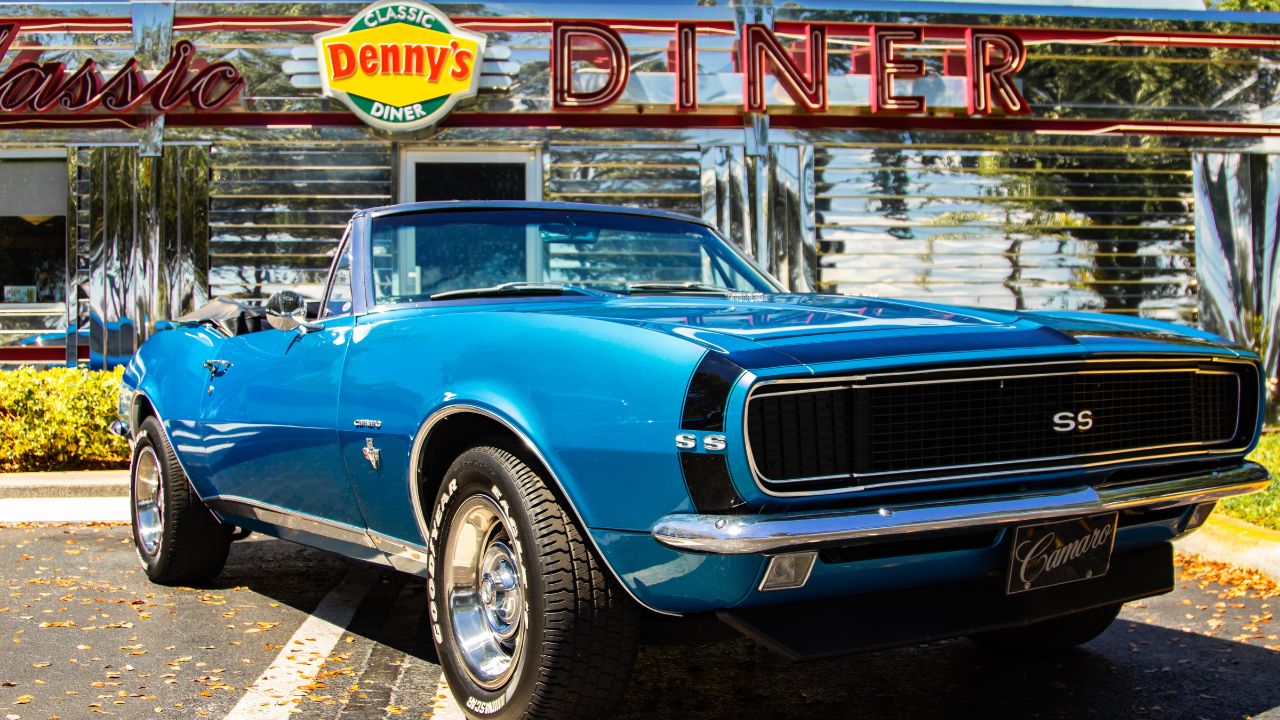
Modern cars with whitewalls tires have become very popular since the 1950s. The first models had raised white walls, which gave way to a stripe when they were brushed by curbs. This single-colored design remains popular and is the basis for classic Hot Rods, Lowiders, Resto-California car models. These cars also helped spur the market resurgence of these tires.
Coker tires
The Chattanooga Tire Company is located in Tennessee and makes classic whitewall tires. These tires retain the classic design of classic car tires but are made from modern materials and construction. Coker is the manufacturer of several famous tire brands. Its tires are exact copies of the originals. Coker tires are also available in many sizes, and the brand's white sidewalls and vintage tread design make them a perfect fit for cars from the golden age.

Diamond Back Classics
These tire companies are well-known for making classic tires that fit vintage, hot rod, and classic cars. Diamond Back Tires is the largest producer of whitewall tires, and their products are suitable for classic and hot-rodding vehicles. The company has been in business for over 30 years. While some people may question the legitimacy of these tires, the company's products are designed for both modern-day cars and classic vehicles.
Diamond Line
If you drive a modern car, it is likely that you are wondering how to properly clean your whitewall tire. Whitewall tires are difficult to clean. The chemicals contained in black rubber can leach onto the white. It's the same with stacking two tires against each other. Even the best cleaning agents are ineffective at removing this stain. You may need to visit a professional auto body shop to have the whitewalls moved.
Blue Line
The process of creating a modern car with blue line whitewall tires is not as simple as it sounds. The task is only being pursued by a handful of major tire manufacturers. Because of the higher visual defects of these tires, working with them requires special care. Vogue Tyre, the company that developed the whitewall tire, explains the process, from storage to stacking and handling. It is easy to mount a modern car with blueline whitewall tires.

Cadillac
Even though wide whitewall tires aren't as common on modern cars, they can be a sign of high quality. Cadillacs' wide whitewall tires were first used in 1960. Typically, these cars had double or triple stripes and were decorated with one inch wide whitewall tires. Today, Cadillac is the only major luxury car manufacturer that still offers wide whitewall tires for certain models. Cadillac's website provides more details.
FAQ
What qualifications are required to become a mechanic
A series of exams is necessary to become a mechanic. These exams include:
-
A general knowledge test
-
A practical examination
-
An apprenticeship test
These tests will ensure you are familiar with the fundamental concepts of mechanics and physics before starting to work as a mechanic.
Once you've passed these tests, you'll be eligible to work as a mechanic. You will still need to complete an apprenticeship. This will include training in the trade.
To learn all there is to know about fixing vehicles, you will need workshops and classes. Working alongside skilled mechanics is also a must.
If you want to be a successful mechanic, it will take concentration and attention to detail. You will need to pay careful attention to every aspect when repairing vehicles.
You'll need patience and persistence to become a successful mechanic. If you don’t like following directions, then this career path may not suit you.
This job is for you if you are passionate about cars and love fixing them.
What are the requirements of an auto technician?
You must have high school, or GED, and be able to read and write well in English and math. You also need to be able to read and write well. The written test will be passed and you will then have to take several practical exams before you can begin work.
What length is an automotive mechanic apprenticeship?
It takes approximately three years to complete an automotive mechanic apprenticeship. This includes two years at school and two years working as an apprentice. The first year of training is spent in the trade. This includes theory and practical skills as well as safety procedures. You'll also learn how tools can be used safely and efficiently during this year. After completing the first year, you'll then spend another year on-the-job training where you'll gain experience in different areas of the trade. These are also the times you can attend formal courses.
The last year of the program is dedicated to gaining certification and qualifications in the field. These include NVQs (National Vocational Qualifications), that are given after passing specific industry exams. In addition, there are HNCs (Higher National Certificates) that cover general subjects such as management, business administration, and customer service. City & Guilds certificates can be obtained for individuals who want to learn certain trades.
Statistics
- According to the BLS, the median annual salary for automotive service technicians and mechanics in the United States was $44,050 in May 2020. (uti.edu)
- According to the BLS, total auto technician employment is expected to exceed 705,000 by 2030. (uti.edu)
- 52% of Mechanics in the United States think their salaries are enough for the cost of living in their area. (indeed.com)
External Links
How To
How to correctly diagnose your vehicle for repairs
First, look at the symptoms of your car to determine if it needs repair. Follow these steps to properly diagnose your vehicle.
-
Check engine lights. Inspect the dashboard light indicators. These include the engine lights, the oil pressure gauge and the battery light indicators. The RPM gauge and coolant temperature gauge should also be checked. If they have been flashing for more days than usual, it could be a sign that something is wrong with the vehicle.
-
Take a look at the treads. Tire wear can lead to problems in handling and brake performance. The treads of the wheels should be inspected as well. They should be smooth and clean. It is best to take off the wheels and remove them. Check the tread condition with a flashlight.
-
You should always monitor the level brake fluid. You must always monitor the level of your brake fluid. This helps ensure that your brakes operate properly. If the brake fluid level is low, your brakes might fail when you apply pressure to them.
-
Check the suspension system. The suspension system in vehicles absorbs vibrations and shocks. It improves control and allows for smoother accelerations or decelerations. A suspension problem can cause your vehicle to feel wobbly and shake uncontrollably. To determine whether your vehicle may have a suspension issue, you can try to put weight on the rear or front axle and watch the movement.
-
Examine your steering column. Steering columns connect the steering wheels to other parts of the vehicle. Accidents often damage steering columns. Replace it if your steering column feels loose or unsteady.
-
Observe the exhaust pipes. The exhaust pipes transport gases from the combustion chamber to outside. If the exhaust pipe is damaged or leaks, harmful fumes can enter your cabin. You should also fix any bent tailpipes immediately.
-
Check under the hood. To check for unusualities, look under the hood. Your engine could be leaking fluids. A professional technician should be contacted if your engine compartment emits an unusual smell.
-
You should inspect your air filter. The air filter in your vehicle collects dirt and dust from the environment. A dirty filter can lead to a poor vehicle's performance. Replace your air filter regularly.
-
Check the fan belt. The fan belt that connects your vehicle to the transmission is called the engine fan belt. The engine will not turn if the fan belt breaks. It's easy to replace the belt. All you need are a screwdriver & pliers.
-
The radiator hose and hoses should be checked. The radiator hose carries water from the radiator to the engine. It can become cracked or damaged and leak hot liquid onto your engine. You only need a pair of needle-nose pliers and a small wire brush to repair the hose.
-
Make sure you have the windshield wipers checked. Windshield wipers use electricity to clean away snow and rain. If they stop functioning, they can leave streaks in your window glass. Simply change the washer oil to fix the problem.
-
You should inspect the cables. Your car's electrical system is powered by batteries. Make sure you disconnect the negative cable before replacing batteries. Failure to do so can damage your alternator.
-
You should check the headlights. The headlights will illuminate the road ahead. Bad visibility can be caused by headlights that don't work correctly. To check if the bulbs have gone out, you can inspect them.
-
Be sure to check the lights. If you approach other drivers at night, lights will warn them. If one doesn't work, it could distract you and lead to an accident.
-
Make sure you check your brakes. Brakes will reduce the speed of your car in case of an accident. If the brakes fail to work correctly, your car could lose control and collide with another vehicle.
-
Change your oil. Keep your engine lubricated with oil. It helps keep metal parts from getting too worn down. It is recommended to change the oil once a month.